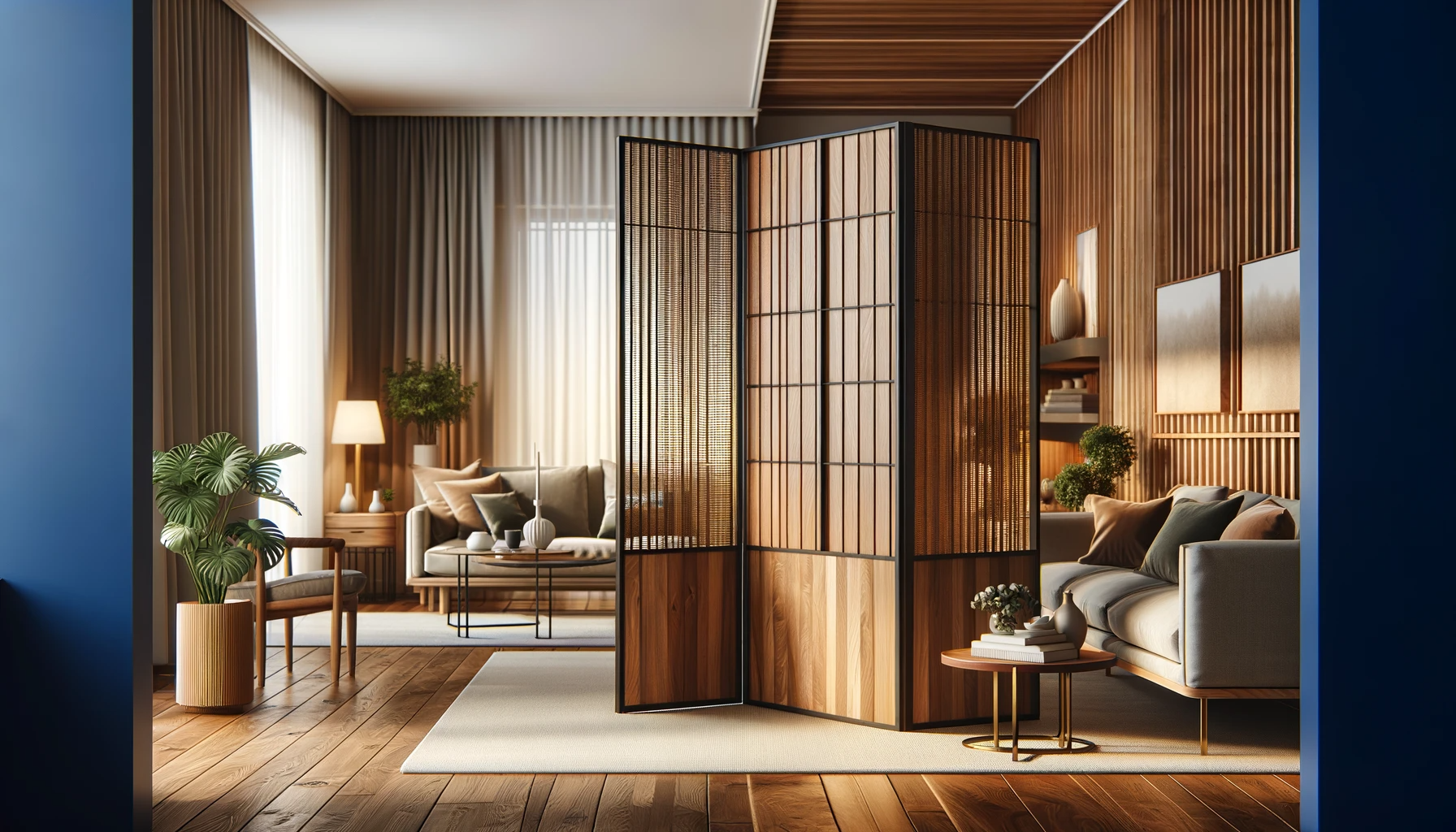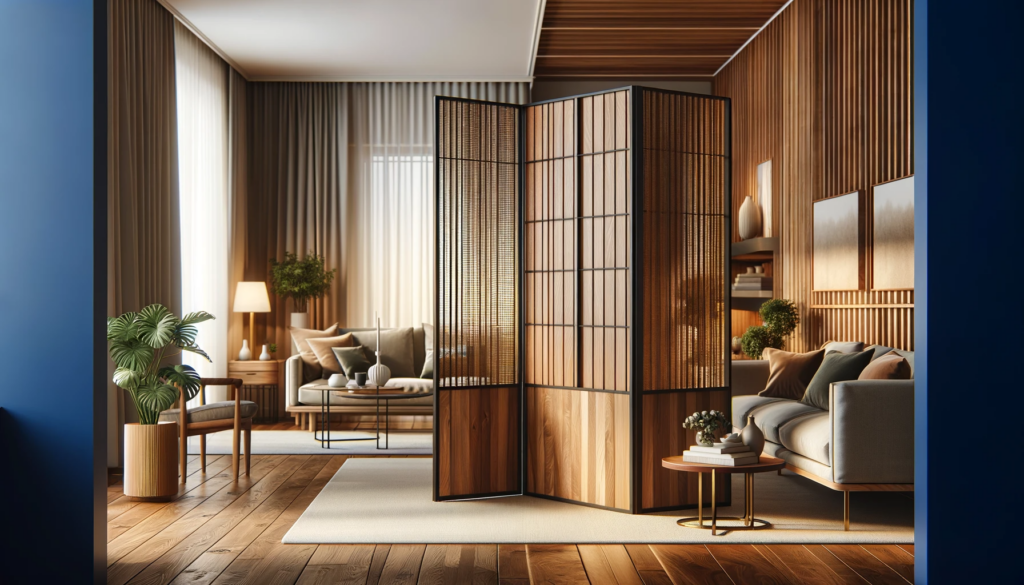
Table of Contents
Understanding Noise Transmission
A wood panel room divider is used to address noise transmission issues from a noise source within the room to a receiver which in the case of a wood panel room divider is the people receivers) in the other room. When you are dealing with noise created by a source, you must understand that the noise is composed of both frequency and amplitudes.
The frequency is where that noise lies on our human hearing spectrum. The amplitude or strength of each frequency is also a factor in what barrier technology you will use. A barrier is a structure that you place between the noise source and a receiver of that noise. The barrier design you choose must be able to attenuate the frequency and amplitude of the noise that is being transmitted from the noise source.
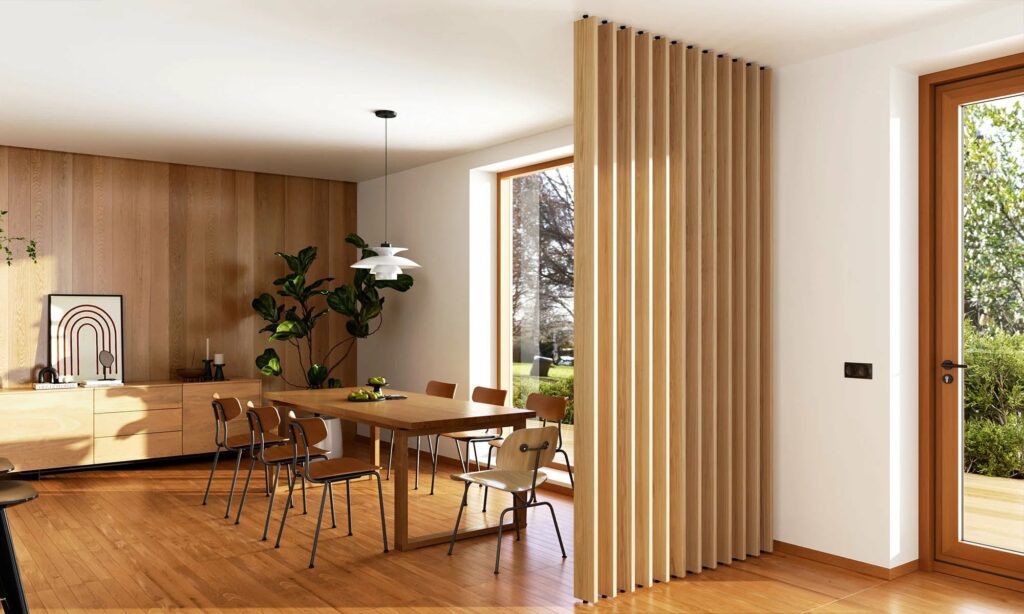
The Limitations of Wood Panel Room Dividers
Unfortunately, a wood panel room divider is not effective at reducing noise transmission at all frequencies. If your noise issues are in the lower frequency range a wood panel room divider will be like holding up a feather to stop a tornado. A wood panel room divider may provide some attenuation for voice or middle and high frequency noise issues.
A wood panel room divider would be more effective if it incorporated sound absorption technology into its design and structure. Unfortunately, most of these room dividers are designed for appearance rather than performance. A barrier against noise is a permanent construction solution. with noise, it goes through the wood panel room divider, around the divider and even over it. Noise is like water. It will find the weakest link and go through that area.
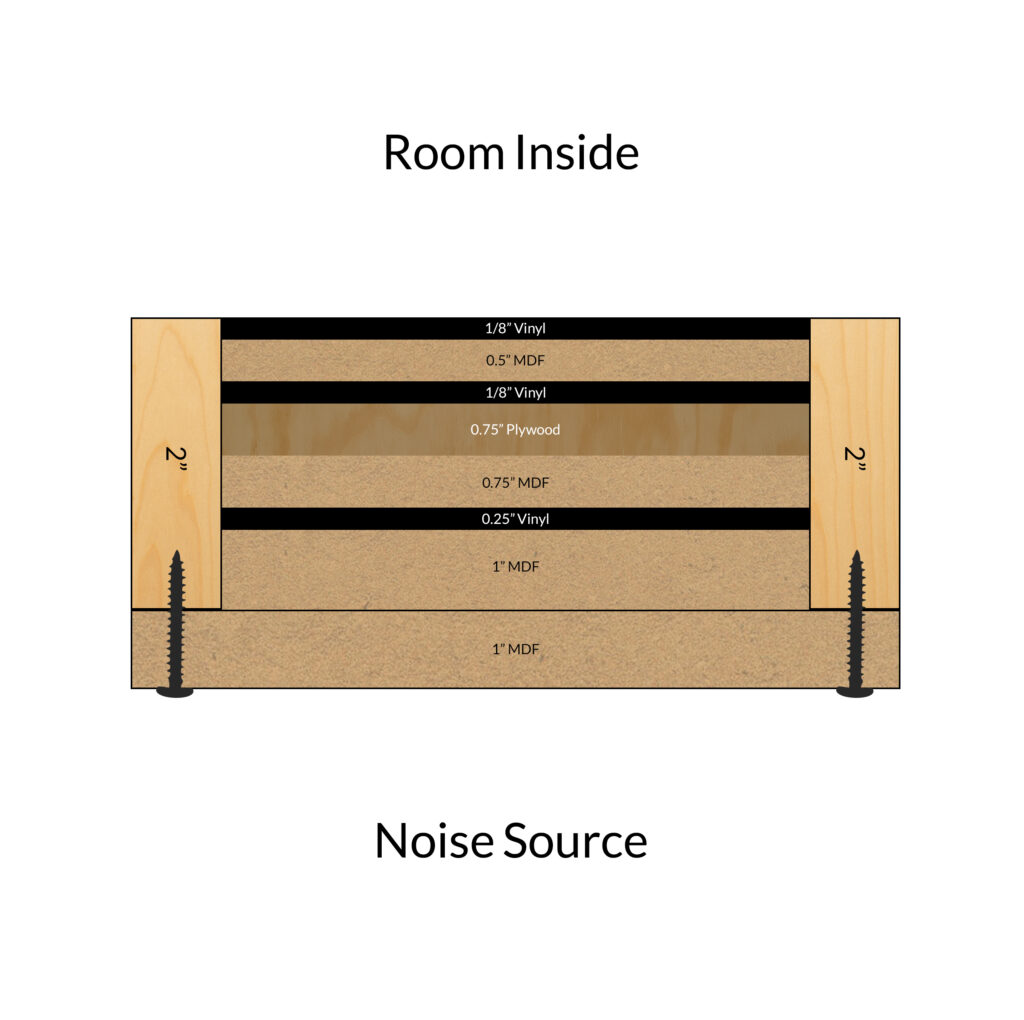
Designing Effective Noise Barriers
When we look at any noise issue, we are dealing with vibrational acoustics. Noise is sound that is transmitted through the air. When the air transmitted noise strikes a hard surface such as a wall it turns into vibrations. The airborne energy looks like a snake on a graph. When the airborne energy turns into vibrations it looks like a worm. The goal with any noise barrier design is to create a pathway for our worm as it travels through our wall to be reduced in strength.
We want to produce a barrier that makes the vibrational signature of our noise smaller so that when it comes out the other side, it is much smaller in size than when it entered the wall. We accomplish this goal by using a barrier design that has multiple layers of materials. Each layer is chosen with a specific density that minimizes the vibrational signature of the noise.
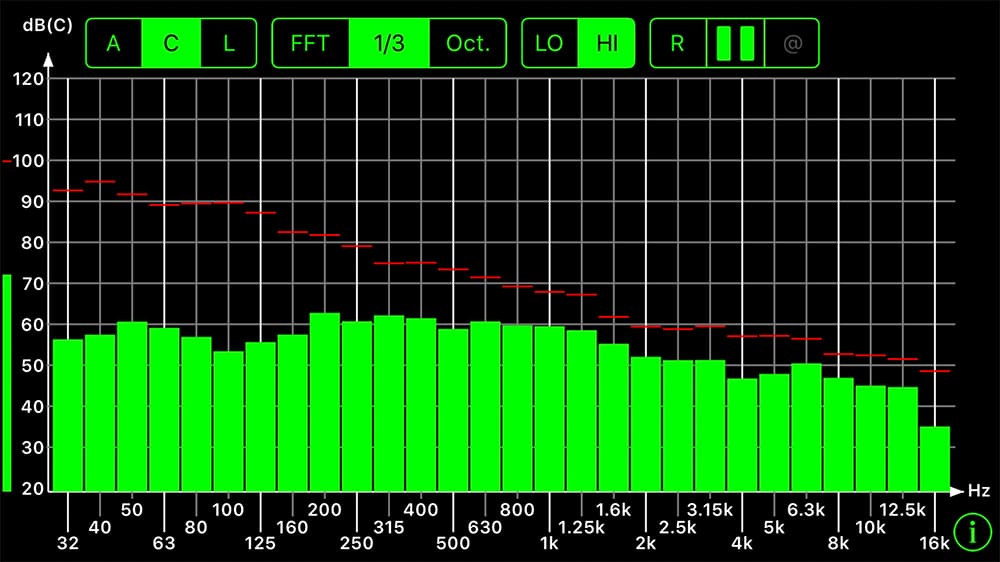
Multi-layer Barrier Design
Our design goal with any barrier is to reduce the vibrational signature by forcing the vibrational energy through a series of materials with different densities or mass. By forcing the vibrations to go through many layers of materials we are able to drain the energy from the vibrations. Think of a truck driving through the mountains. It loses its brakes and is forced to take an emergency ramp exit which is a 45 degree angle up with large water or sand filled containers at the top.
As the truck goes up the 45 degree ramp, gravity bleeds energy from its forward momentum. If enough forward motion is reduced the truck will stop mid ramp. If not, the water or sand at the end will assist with further slowing down and hopefully a complete stop. We don’t use gravity as our treatment but rather a series of materials in what we call a sandwich.
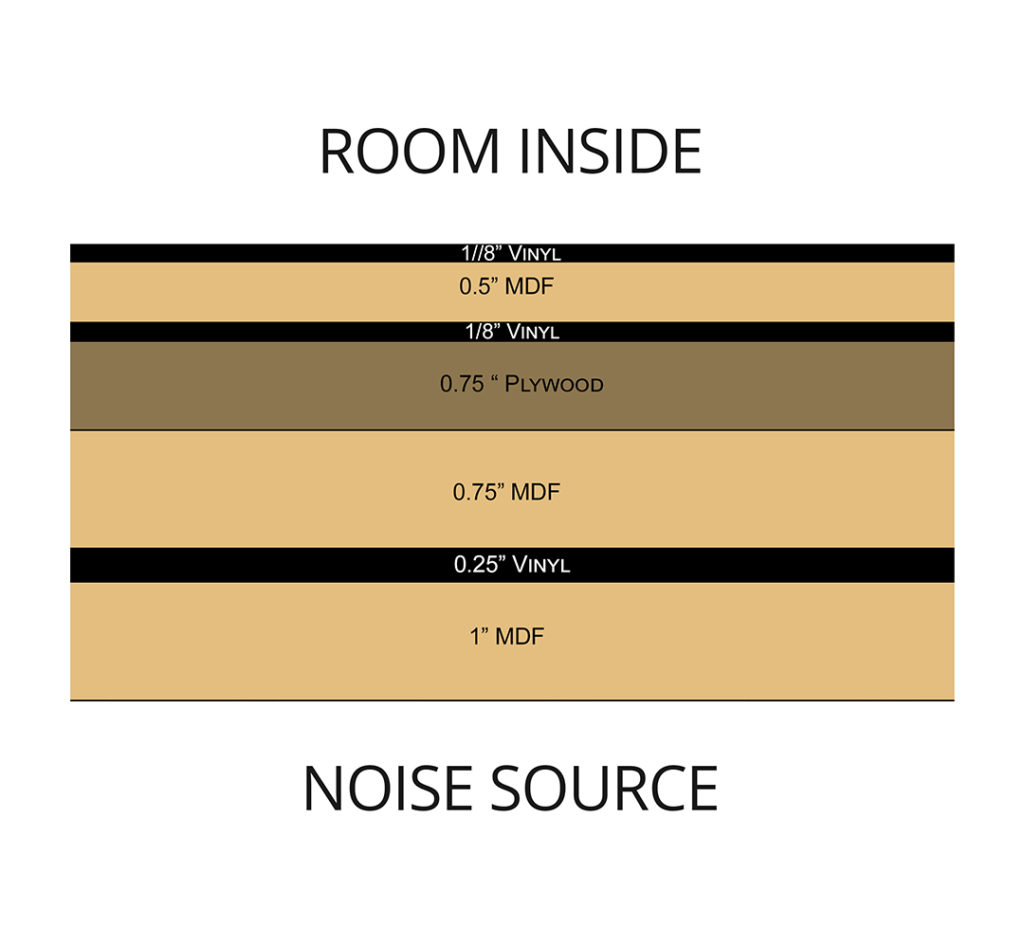
Importance of Noise Measurements
Once we have the noise numbers, we are able to select the amount and type of materials we need to deal with the frequency and amplitude of our measured noise issues. This is why measurements are so critical. The materials we choose, the manner in which they are assembled along with many other variables are directly dependent on the noise numbers. With noise, we do not want to spend one dollar more than we have to since all barriers are a permanent build solution.
There is no wall hanging unit that will stop noise. We will never recover this spent money when we sell the building. They will not give us extra value for a quiet room. We want to save our dollars for the treatment of low pressure and middle and high frequency reflections within the room itself. At Acoustic Fields, we have measurement processes which are simple to use with your phone. You download our apps, take the noise numbers and enter them in our online form. Send it to us and we will send you a drawing of the barrier you build that is specific to your noise numbers.


